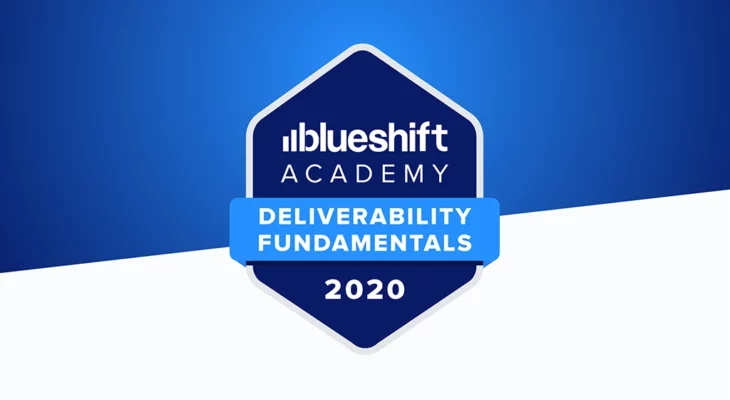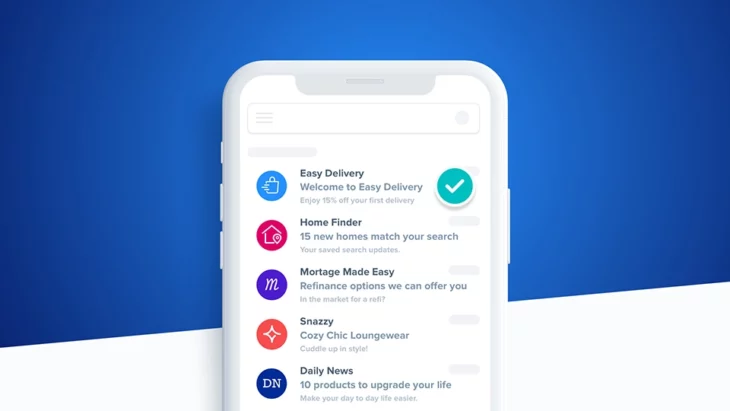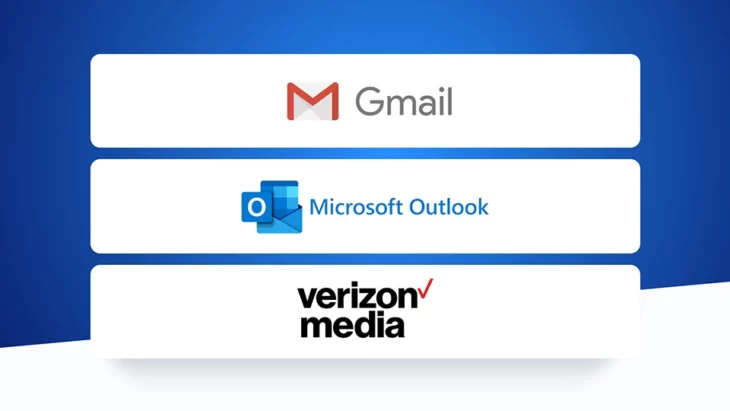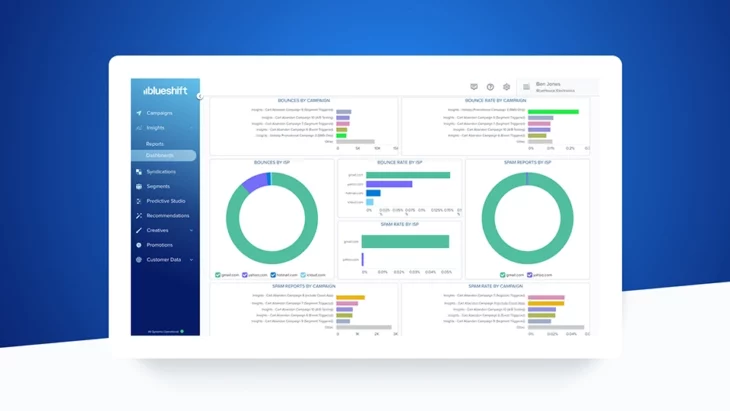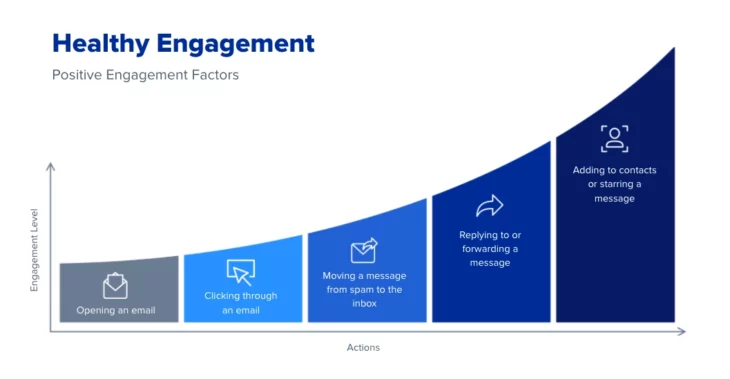As an email marketer, you expect your beautifully crafted and designed emails to reach the inbox of customers. And there’s nothing more frustrating when they go unnoticed, straight to spam, or worse — never even make it to customers. Reaching the inbox is no easy task and is challenging for even the most well-known brands. To demystify the ins and outs of email deliverability, we’ve put together a course that serves as an in-depth overview of successful email delivery, including current authentication protocols that contribute to higher acceptance rates, and stellar deliverability for new and existing mail streams alike.
This course is a part of Blueshift Academy — the one-stop shop to learn the basics of the Blueshift platform and topics most important to modern marketers: AI-marketing, digital marketing best practices, email deliverability, and much more. We’ve broken down the biggest topics in marketing today into easy-to-follow and informative courses. In this course, we cover the basics of email deliverability, an overview of the receiving community, email deliverability key components, and much more. No strings attached, anyone willing to learn can take our free course that will guide you through the nuts and bolts of email deliverability — and turn you into an email marketing and deliverability pro!
